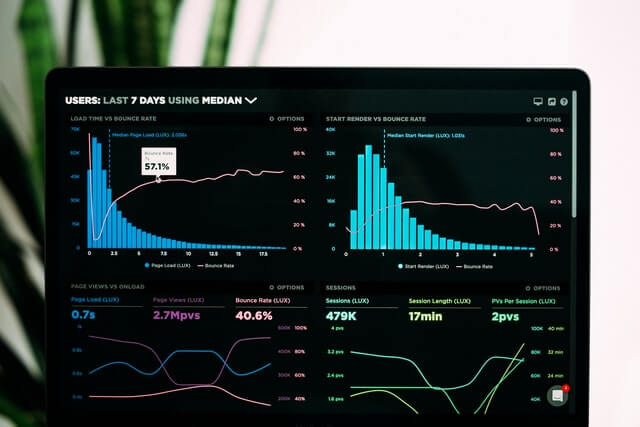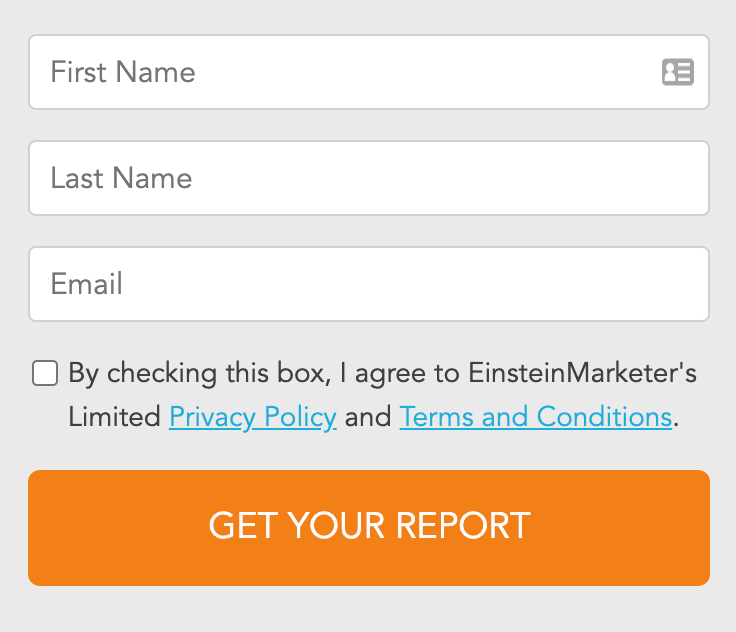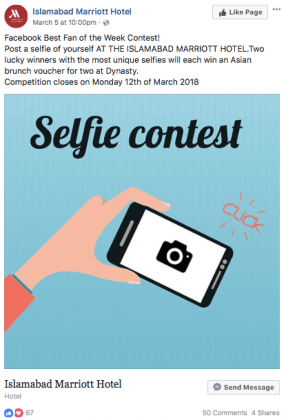Email marketing is one of the most successful strategies when it comes to brand awareness, conversion, retention rates, and anything that matters.
(Source)
Also, according to the stat above, email marketing is one of the most cost-effective channels, with its ROI being so high. And since it can benefit pretty much every niche, publishers are no exception.
With some of the most recognizable publishers spreading the word around through their content marketing strategy using email marketing, evergreen content, and spot-on infographics it’s safe to say that there is ground for this tactic to flourish.
But why should publishers use email marketing in the first place? And how can they do it using AI?
Contents
The Need for Email Marketing In Publishing
Many publishers use email marketing to spread the word when it comes to their content.
Email marketing is one of the best ways to build your brand and reach your audience.
Email marketing was – and still is – a tool that helps marketers communicate with their target audience.
But before you get started, there are some things you need to do:
- Pinpoint your target audience. This is vital. From graphic design to marketing messages and from visual communication to creating an email list that makes sense, you need to make sure you understand who will love your publications.
- Use email newsletter software to create and scale your email marketing plan. This will allow you to save time from the mundane, repeated actions and come up with better content to keep them hooked and better lead magnets to attract more prospects.
- Create an email list and urge them to share your content around. That way, you’ll get more leads and better market penetration.
But the above points are just the beginning. What else do you need to know to make it using email marketing and the power of AI as a publisher?
1. The Importance of Having the Right Data

No publisher is a miracle worker, and no machine can work without having a solid basis to work on – in other words, the correct data to utilize.
Personalization and segmentation can go terribly wrong without the help of the right data, and there’s a great chance that your emails will look and feel bland or uninteresting without them. Especially with audiences receiving a tremendous amount of email marketing campaigns, a landing page they may stumble upon, social media platforms, and even the SMS marketing efforts of more brands than one would think.
Competing for your audience’s attention has never been easy, but gathering and using data can make things easier and help you stand out.
When a member of your audience signs up to your mailing list, they provide some personal data. If they decide to accept cookies once they access your page, they give out even more information.

That data can pinpoint all visitor actions: What they paid more attention to when they visited your page, what products caught their eye, and whether or not they clicked on that GIF that your marketing team found to be funny.
That data will help you create email content that won’t feel “artificial” but will be unique and resonate while taking the customer’s journey into account. It will also help you “train” your tools to meet your ROI needs and boost your conversion rate.
You see, machines learn through data provided by humans, and this is, ultimately, where the increased engagement comes from in those cases.
2. Personalization and Segmentation
Apart from it being affordable, as mentioned above, email marketing allows brands to reach various audiences. That is especially true for publishers that enable users to tailor their content themselves by picking out the topics they’re most interested in, like in the example above.
Alternatively, AI and machine learning can help publishers determine the kind of content their audience might love. And here’s why:
(Source)
Finding the most relevant content through AI and machine learning is one of the end goals of most marketers, which makes personalization and segmentation one of the numerous sought-after features of most email newsletter platforms.
Through AI and machine learning, publishers can learn many things to help them put their audience first and pinpoint their behaviour to create a tailor-made message. This satisfactory level of personalized experiences can only arise by using the smallest segments possible. AI and machine learning can help by creating segments so tiny they will correspond with your audience on a one-on-one, personal basis.
Personalization increases CTR, engagement and leads to an overall boost. By picking out the most appealing components and putting together an email that is hard to miss, with the perfect colour patterns, text-to-image copy, and the copy that can predict the audience’s desires, you are far more likely to attract all the good attention from your audience.
For publishers, this can only mean increased website traffic. And publishers need extra traffic, seeing as this can boost SEO. After all, the more time a prospect spends on your page, the more likely they are to subscribe for a paid plan – kind of like the New Yorker does:
(Source)
But is that enough? The answer is no because you’ve also got your content to worry about.
3. Creating Engaging Content
You can gather all the data available, craft a great email subject line, and use even the most underused customer segments, and it will still be too little if you don’t have the right content.

The best way to keep your subscribers on their toes and bring more traffic to your website is to create an email newsletter that will contain snippets of the key content pieces that will convert best, according to their demographic.
After all, all it takes is for the subscriber to click on the title they like best. This will redirect them to the publisher’s website and lead them further down the funnel, making them convert in a way the publisher wants them to convert, which is the general idea.
If you think about it, it’s kind of like sampling things at a store. Publishers give prospects a taste of what their website can provide in terms of information, and prospects are encouraged to dig for more.
4. Giveaways Are Not Just an eCommerce Thing
Nobody can say no to a lucrative offer. Now, what happens when this offer is data-driven and curated especially for your audience? And what happens when the offer is in the form of a contest or giveaway?
A contest or a giveaway will always make users do a double-take when looking at your content and can be promoted through newsletters and social media. You can create social media posts that will be cryptic and enticing enough and ask your social media followers to “Subscribe for more”.
Alternatively, you could create content for your subscribers they could share around on their social media pages.

This will expose your giveaway – and your content – to your audience and help you reach more people, thus creating new opportunities for you by increasing the number of prospects.
Contests and giveaways are great tools to hack your growth, but you need to set your goals beforehand. They will determine your prize and how many people you need to reach and encourage you to take part in your giveaway.
Never forget that you can’t decide on the prize without knowing your goals. And if you don’t understand why, take a look at the viral Sunny Co Instagram giveaway fail.
The problem with it is that they failed to provide due to how massive the participation was.
Make sure your prize is something that you can provide and, at the same time, something that your audience will like. A free e-book is a great solution.
5. Ads in Email Marketing
Ads may not be just for websites anymore, and an email newsletter is a great medium for ad placement.
Various platforms provide advertising space in email newsletters; however, this is one of the features publishers should use with caution.
An email newsletter is something that is bound to feel more personal, so if you want to include ads in your email marketing strategy as a publisher, make sure your data points in that direction. Otherwise, this could harm your spam score and end up creating a problem for your campaigns.
6. Marketing Automation Benefits
AI and machine learning can help build an excellent email automation funnel that can be beneficial for publishers. So, let’s talk about automation specifically.
Automation tools can help you determine the best sequence for your audience when it comes to receiving your emails.
All you need to do is feed the tool with data. After that, it will let you know whether a welcome email works, if your audience would like a testimonial video included in their email marketing messages, or even if a happy birthday email with a subscriber’s discount could help you achieve your goals as a publisher.

Automated funnels can help with lead nurturing and boost engagement, leading to better CRO. Creating an automated funnel will allow your team to save time and energy for more pressing matters. At the same time, it can eliminate the human error factor and boost the engagement rates for your audience.
Through AI, you’ll be able to target segments in a way that will be just right and, eventually, score a sale. But it doesn’t end there: Setting an automated email sequence will eliminate the chance of you ever forgetting a customer. You can re-engage them and score more than one purchase while creating an open dialogue with suggested articles or interesting, engaging factoids that lead to a purchase.
This will definitely make your prospects feel nurtured and cherished by your brand and help you reach all your customer satisfaction metrics.
The Takeaway
Publishers are starting to take up the benefits of email marketing and marketing automation by using AI and machine learning to set and personalize their content.
By using all the right data, curating emails that will attract the subscriber’s attention, and applying what you’ve learned from your analytics every step of the way, you can allow your marketing offer to boost your brand and influence more people along the way.
- About the Author...






2 Responses
One of the most potent types of marketing is email marketing. For publishers, email is a fundamental pillar of their marketing efforts.
Thanks for the comment Sanjay.
Yes, email marketing should play a massive part of your marketing strategy!